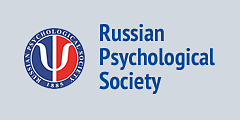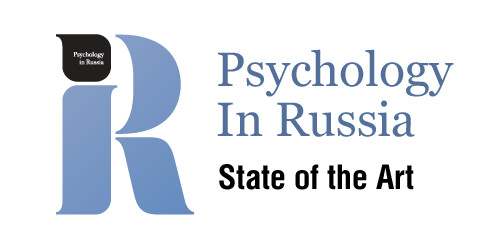Konson, G.R.

Dr. Sci. (Art History), Dr. Sci. (Cultural Studies)
Director of the Humanities and Social Sciences Center, Chairman of the Moscow Institute of Physics and Technology (National Research University) Council for Humanities and Social Sciences, Education, and Culture; Chief Researcher at the Department of Scientific and Technical Information, GITR Film and Television School.
-
“Kiss of Judas” in European Painting and Sculpture (through Lev S. Vygotsky’s Approach)Lomonosov Psychology Journal, 2025, 3. p. 88-127read more656
-
Background. The relevance of the subject is expressed in the analysis of the phenomenon of counter-emotion from the perspective of plot (actor's action) and storyline (its psychology) "short circuit". The biblical scene "Kiss of Judas", known for the moral transformation of one of the apostles, was selected to represent this phenomenon.
Objective. To detect Judas' counter-emotion in his be(haviour)trayal as depicted in European painting and sculpture.
Study Materials. For this study, European artifacts dating back to the period from late 13th to 16th centuries were selected, a time when the discussed subject was developing and reaching its classical stage. Additionally, works of the second half of the 19th century and throughout the 20th century were analyzed, where the fact of Judas' betrayal acquired a renewed tragic dimension.
Methods. In analyzing the Judas' personality, the method of Lev S. Vygotsky was applied, which the author initially defined as an aesthetic and psychological approach. However, it was later concluded that the most concise and comprehensive term would be the method of plot and storyline "short circuit". By problematizing the antagonist's connection to his actions, the author formulated a hypothesis regarding the differentiation of possible aspects of his emotional experience.
Results. Based on the analysis of visual archetypes established within the New Testament biblical topos "Kiss of Judas", the principles specific to its psychological component were identified: 1) accusatory and caricatural— "the cowardly turncoat"; 2) accusatory and tragic — the traitor-provoker; 3) accusatory and grotesque — the traitor characterized by greed or sadism.
Conclusions. The analysis of Judas' image in painting provides grounds to discuss a stable paradigm of understanding evil, which, in interaction with good, becomes a moral criterion in the individualization of author concepts as modeling one's own vision of the world. In the Judas' kissing, evil serves as a unique psychological index anticipating the growing tragedy of society.
Keywords: Jesus Christ; Kiss of Judas; psychology of art; Lev S. Vygotsky; plot and storyline “short circuit”; counter-emotion; experience of catastrophe; betrayal; European painting and sculpture DOI: 10.11621/LPJ-25-26
-









